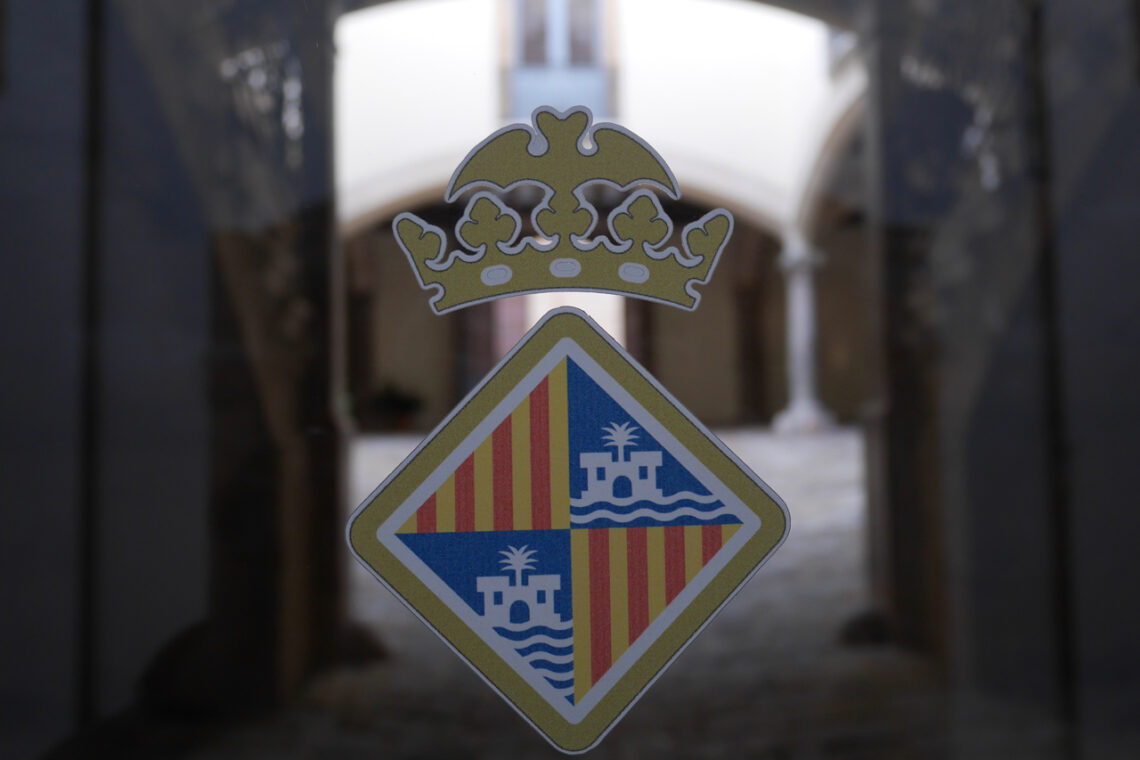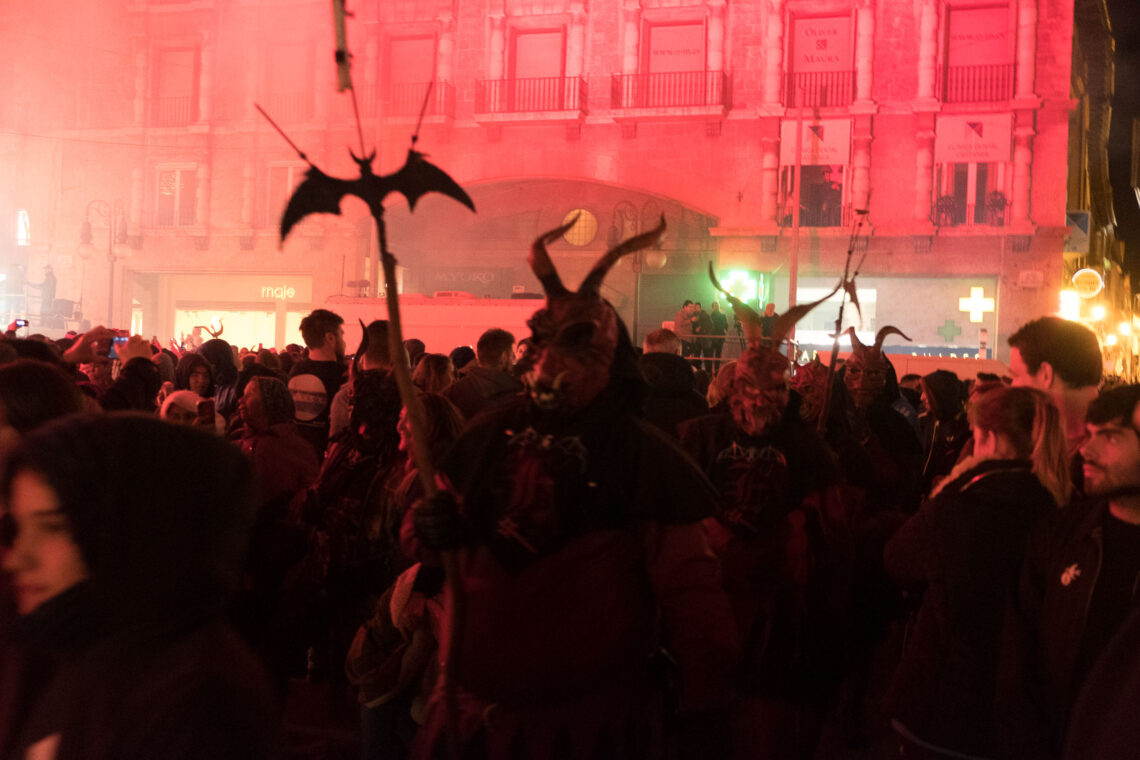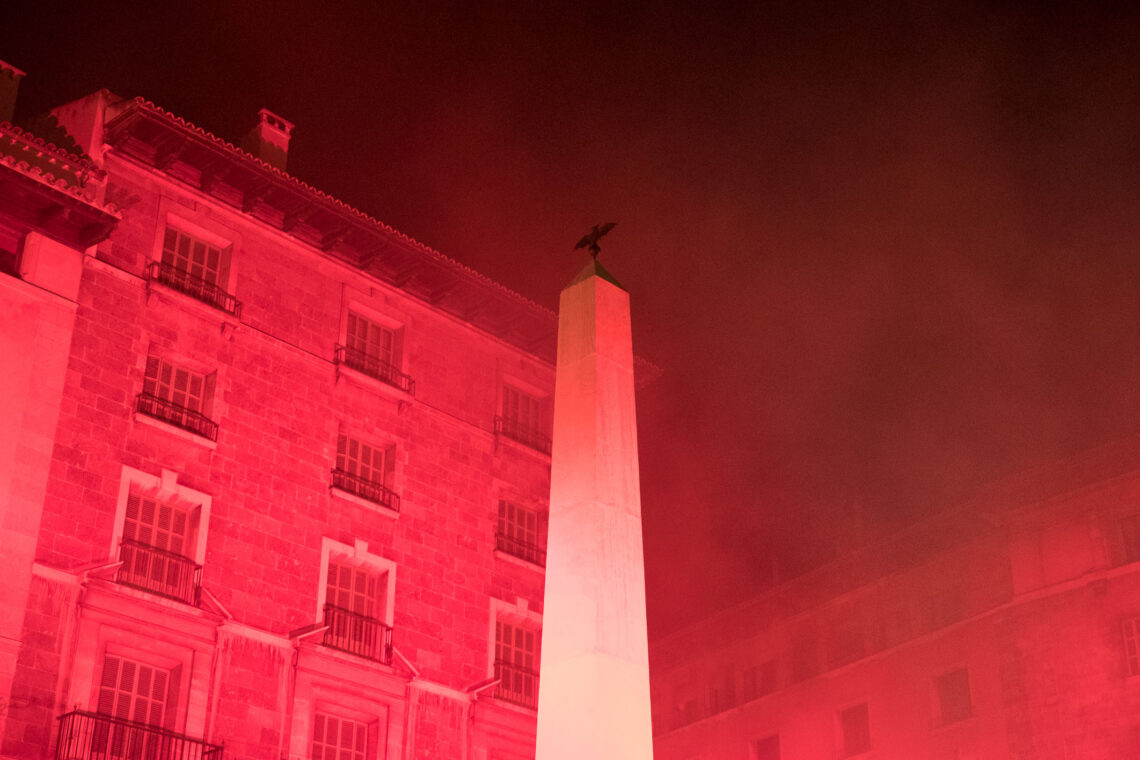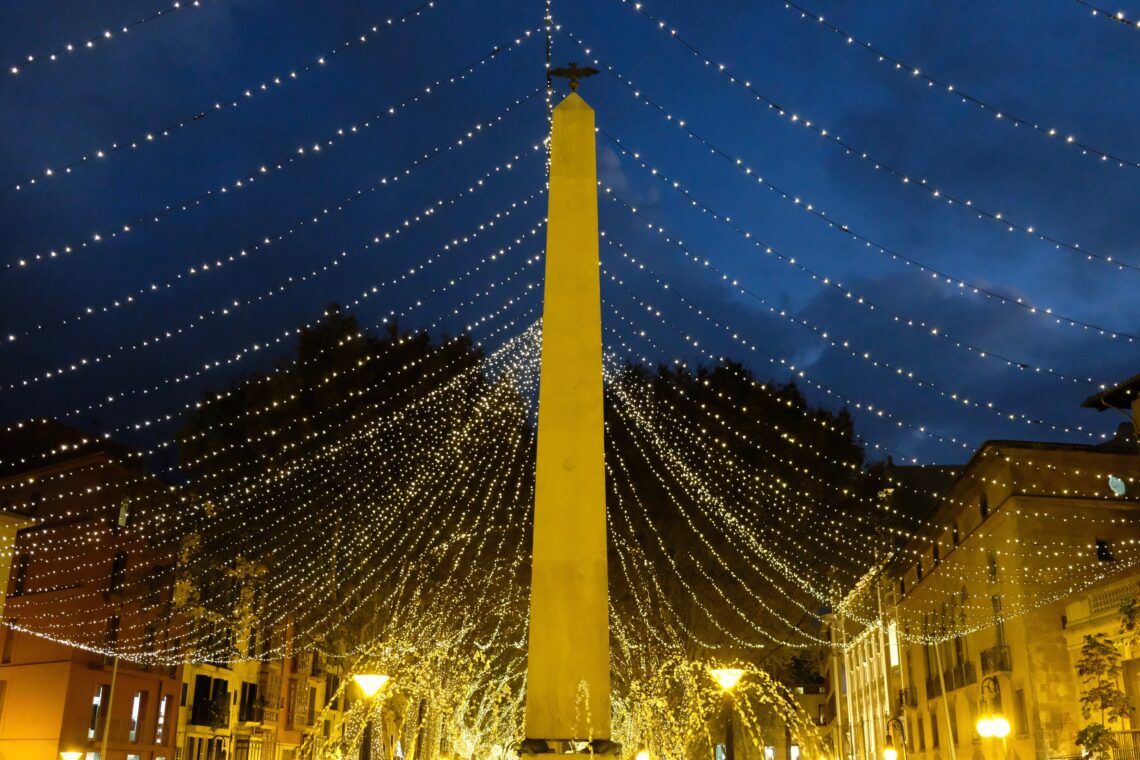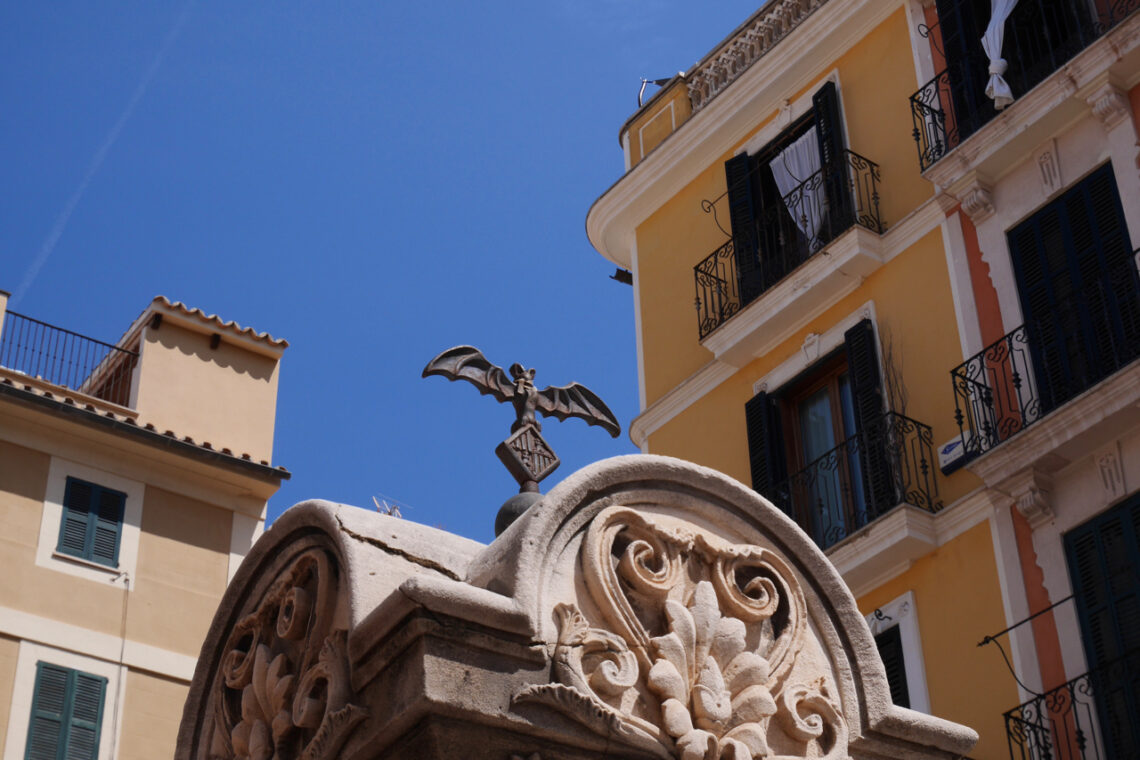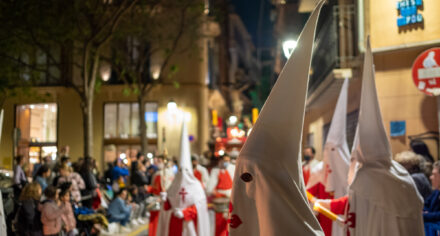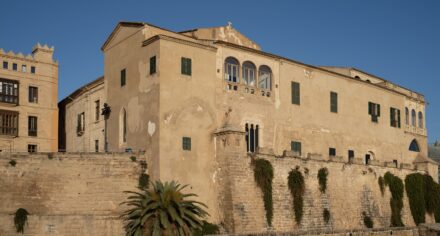Heroe or villain? The perception of the bat has been ambivalent for centuries. With the spread of the coronavirus the fear of murciélagos returned. But the history of the heraldic animal of Palma tells a completely different story. Actually the bat assumed the role of the dragon. This traditional symbol of power was used by the kings of Aragón. When Jaume I. conquered Mallorca in 1229 he carried a dragon on his helmet. Some suspect that the beast should not only make him appear more powerful but also somewhat taller.
Legend has it that an arrow launched at Jaume hit a bat flying in the line of fire. Thus rescuing the monarch who gratefully made it the city’s heraldic animal. So in Palma the bat clearly is a talisman, as well as in some other Spanish cities. In Central Europe though people have been telling horror stories of vampires inspired by the supposedly blood sucking animals.
In fact, it is man who threatens the flying mammals. More and more we move into the habitat of wild animals. And thus endanger or even destroy not only their environment. We also increase the risk of infections from animals to humans, as is currently being attributed to the coronavirus.
That doesn’t mean that we need to be afraid of bats. On the contrary, until today bats are very important for our ecosystem. They pollinate and disperse the seeds of a multitude of different plants. And they eat copious quantities of insects which we humans can gladly do without. So with the murciélago in its coat of arms it is no wonder that Palma has far fewer mosquitoes in the summer than other areas on the island. ![]()

